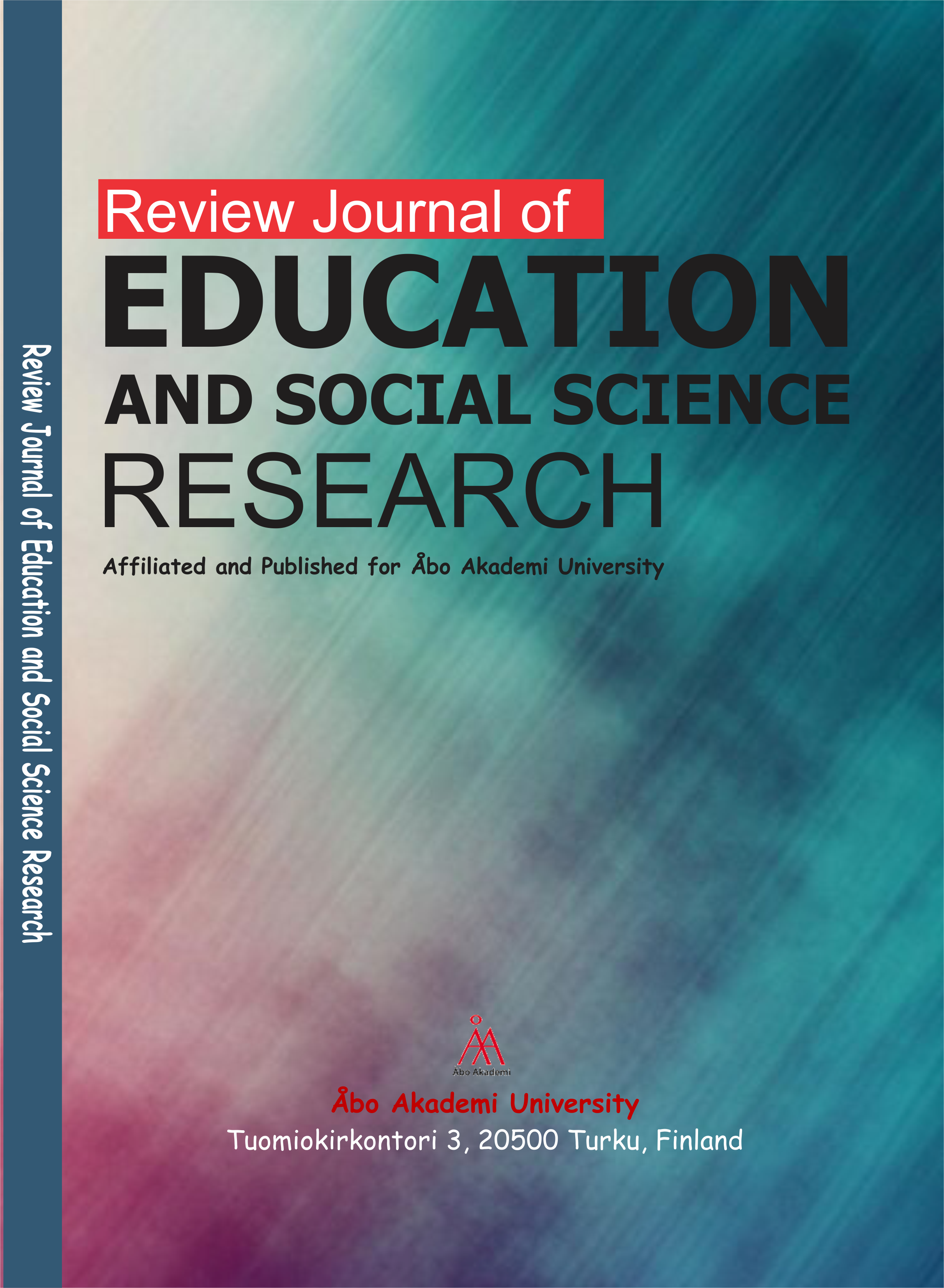Review Journal of Education and Social Science Research (RJESSR)
Measuring Inclusive Growth in Sub-Saharan Africa from 1996 to 2019: Evidence from a Comparative Analysis
E-ISSN: 2437-3594
P-ISSN: 2447-6546
DOI: https://iigdpublishers.com/article/823
Since inception, the concept of inclusive growth has been defined and measured differently among scholars and policymakers. This paper measures inclusive growth in Sub-Saharan Africa (SSA) from 1996 to 2019. A principal component analysis and weighted mean approaches have been applied following the Eurasian Economic Commission, and 20 methodologies. The study findings show that the inclusive growth index is sensitive to the measurement approach used due to different sets of indicators and dimensions. However, the methodologies provide a basis for comparing country performance. In addition, in both methodologies, economic performance was found to be a significant contributor to inclusive growth. Countries with higher economic performance witnessed higher inclusive growth. From the findings, policymakers could rely on more than one measurement approach to determine inclusive growth. This will enable them develop policy measures which address various dimensions that each of the SSA countries need to robustly invest and improve.
Lennon Jambo Habeenzu
Economic Commission for Africa and African Union. (2013). Overview of economic and social conditions in Africa in 2012[Paper presentation]. Meeting of the Committee of Experts of the Sixth Joint Annual Meetings of the ECA Conference of African Ministers of Finance, Planning and Economic Development and African Union Conference of Ministers of Economy and Finance, Abidjan, Côte d‟Ivoire.
Berg, G. Andrew., & Jonathan D. Ostry. (2011). Equality and efficiency. Finance & Development, Vol. 48, No. 3, pp12-15.
United Nations Development Programme. (2017). Income inequality trends in sub-Saharan Africa: Divergence, determinants and consequences. United Nations Development Programme. https://www.undp.org/sites/g/files/zskgke326/files/migration/africa/undp-rba_IncomeInequality-in-SSA_Chapter-1.pdf
Dagdeviren, Hulya., Rolph van der Hoeven., & John Weeks. (2000). Redistribution matters: Growth for poverty reduction. Geneva, International Labor Organization.
World Bank. (2022). World Development Indicators. Washington DC: World Bank. https://databank.worldbank.org/source/world-development-indicators.
